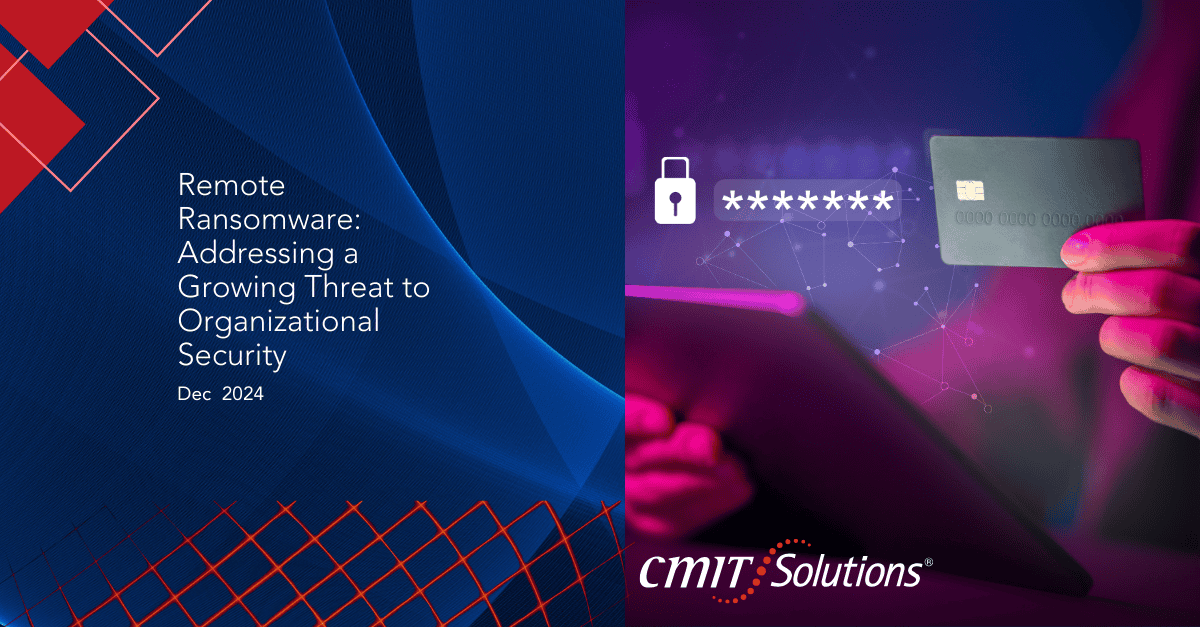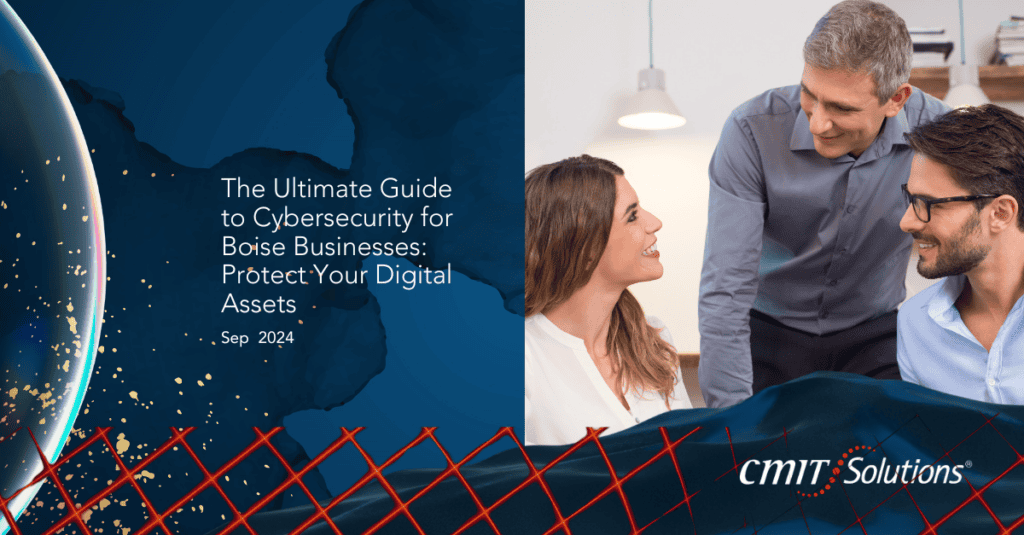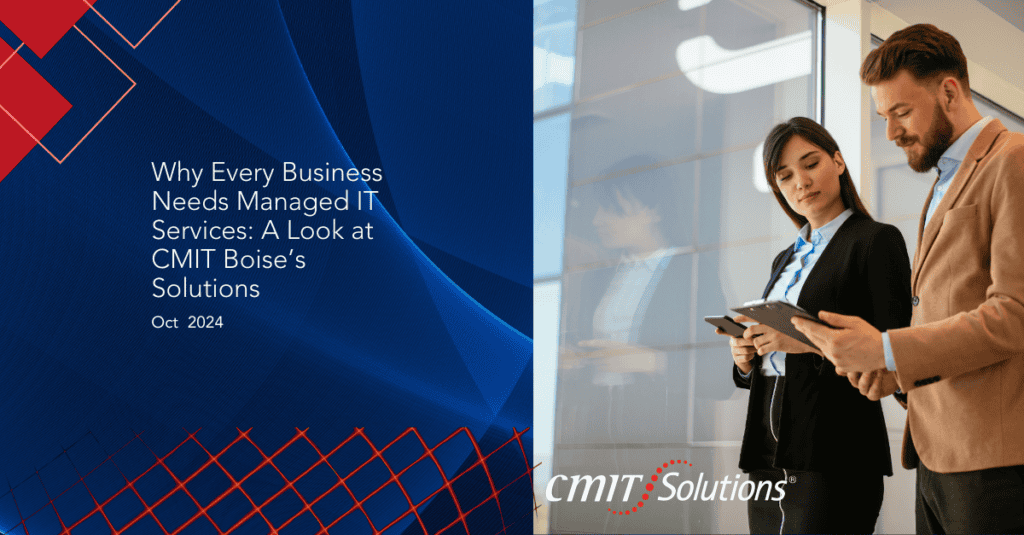Unmanaged endpoints represent one of the most significant vulnerabilities in today’s cybersecurity landscape. Remote ransomware exploits these weak links, posing a serious risk to businesses of all sizes. By targeting compromised endpoints, cybercriminals can bypass traditional security measures and encrypt critical data across an organization’s network.
Learn how to strengthen your cybersecurity strategy.
What is Remote Ransomware?
Remote ransomware attacks focus on gaining access to unmanaged or vulnerable endpoints. Once compromised, these devices are used to:
- Fetch files from shared network drives.
- Encrypt critical data.
- Replace original files with encrypted versions, locking organizations out of their systems.
Unlike traditional ransomware, these attacks occur on unmanaged devices, making detection by managed devices much harder. As a result, organizations often remain unaware of the attack until suspicious file transfers are noticed.
Explore IT solutions designed to protect critical assets.
The Prevalence of Remote Ransomware Attacks
Remote ransomware isn’t a new phenomenon but has gained traction as organizations improve defenses against traditional attacks. Major ransomware families such as CryptoLocker, LockBit, Ryuk, and Wanna Cry have incorporated remote encryption tactics.
Key Statistics:
- A 2023 Microsoft report found that 60% of ransomware attacks used remote encryption techniques.
- 80% of successful ransomware attacks originated from unmanaged endpoints.
- Sophos reported a 62% year-over-year increase in detected remote ransomware attacks.
As attackers focus on bypassing improved defenses, the need for proactive measures has become critical.
Learn how managed IT services can mitigate security risks.
Securing Unmanaged Endpoints: The First Line of Defense
Unmanaged endpoints make up approximately 11% of the typical IT environment and are often the starting point for remote ransomware attacks.
Steps to Secure Endpoints:
- Device Discovery: Use IT asset management tools to identify all devices connecting to your network.
- Assess Security Posture: Evaluate each device’s security status and apply necessary updates or enterprise-grade tools.
- Leverage Enterprise Mobility Management (EMM): Automate endpoint security tasks such as mobile device management (MDM) and app management (MAM).
- Isolate IoT and Legacy Systems: Segment these devices to limit their access to sensitive systems.
By strengthening endpoint security, organizations can significantly reduce their attack surface.
Explore IT services designed for seamless network management.
Building a Multi-Layered Security Framework
While securing unmanaged endpoints is vital, remote ransomware attacks often employ varied tactics requiring a layered security approach.
Key Measures to Protect Against Remote Ransomware:
- Network Access Control (NAC):
- Enforces security policies across users and devices.
- Monitors device compliance and blocks non-compliant systems.
- Advanced Network Monitoring Tools:
- Next-Generation Firewalls (NGFWs): Detect and prevent suspicious traffic.
- Extended Detection and Response (XDR): Provides holistic visibility into threats across endpoints and networks.
- User and Entity Behavior Analytics (UEBA): Analyzes behavioral patterns to identify anomalies.
- Regular Security Audits:
- Conduct frequent evaluations to identify vulnerabilities.
- Ensure compliance with industry standards and regulations.
Learn how proactive monitoring ensures optimal network performance.
The Role of IT Services in Enhancing Security
Managed IT services play a critical role in defending against ransomware. From implementing advanced threat detection tools to continuously monitoring network activity, these services ensure that businesses remain protected against evolving threats.
Benefits of Partnering with IT Experts:
- Access to cutting-edge technologies tailored to your needs.
- 24/7 monitoring and support to detect and mitigate threats in real time.
- Expertise in managing compliance and regulatory requirements.
Contact us to explore customized IT strategies for your business.
Conclusion: Strengthening Your Cybersecurity Strategy
Remote ransomware attacks highlight the importance of securing every aspect of your IT environment. By addressing vulnerabilities in unmanaged endpoints, implementing advanced network security tools, and adopting a layered approach, organizations can minimize risks and safeguard critical data.
Investing in managed IT services and robust endpoint management solutions ensures your business stays ahead of evolving threats, enabling you to focus on growth and innovation without compromising security.





